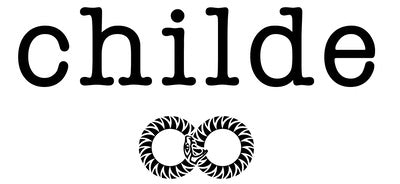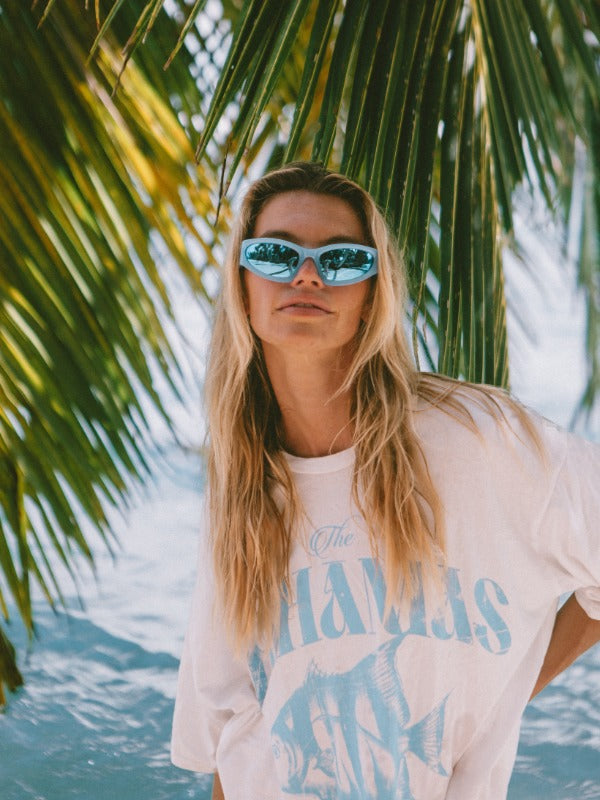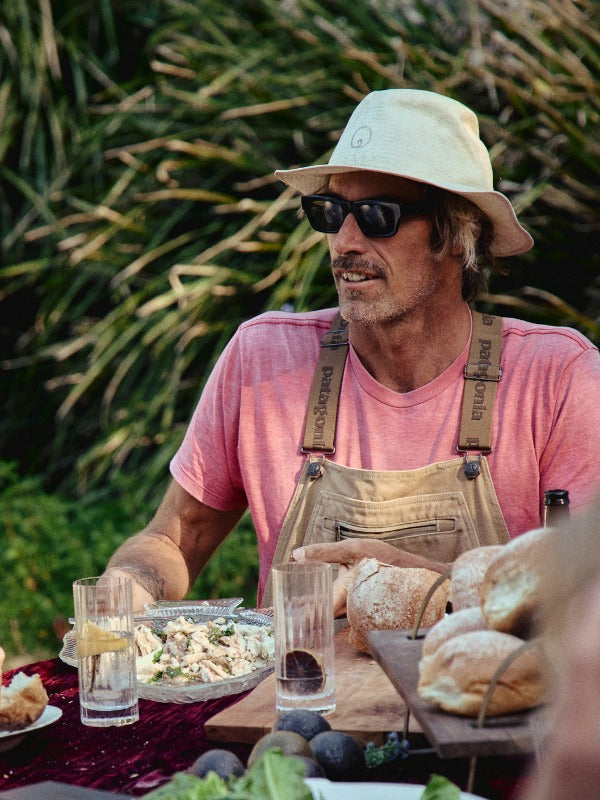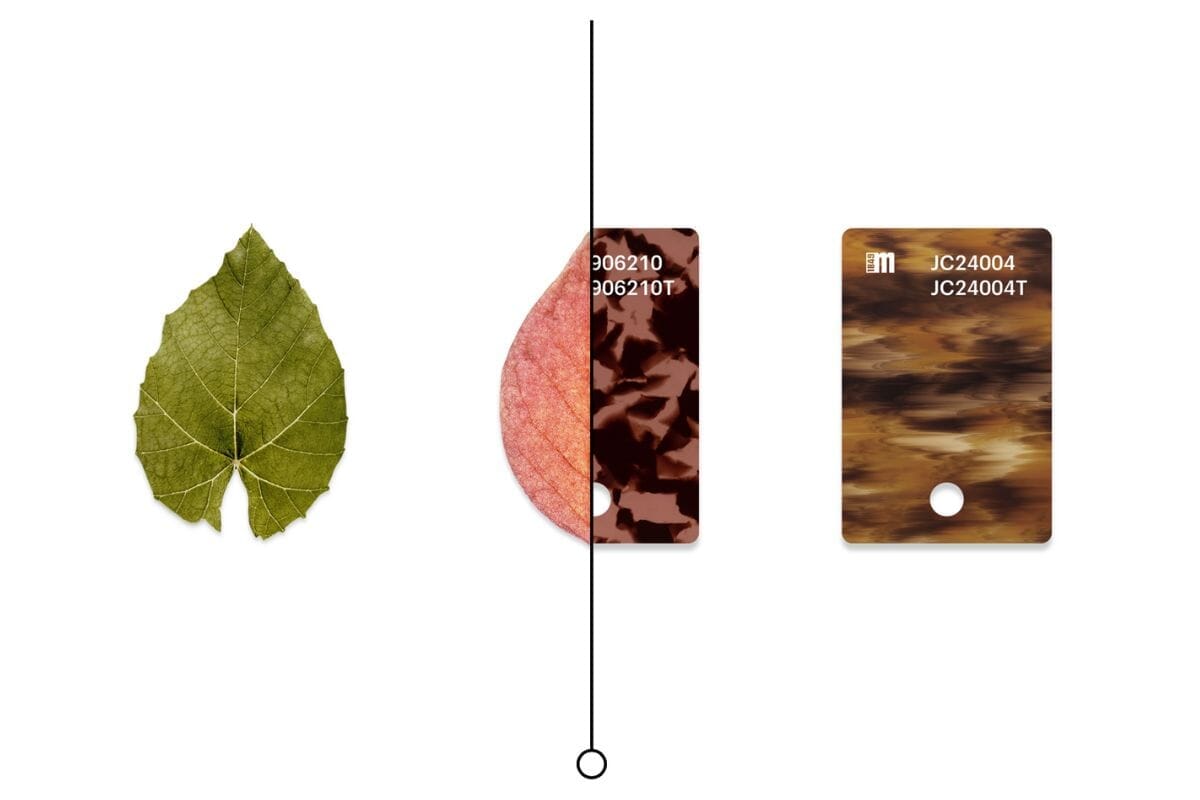What is “Standard” Acetate?
When people refer to “standard” acetate (often “cellulose acetate”), they mean a material made from cellulose (from wood pulp or cotton fibres), mixed with plasticisers and additives to achieve colour, flexibility, durability, polish and precision. Acetate has been a beloved material in eyewear for decades because it supports:
-
rich and vibrant colours & patterns (tortoiseshells, marbles, translucents, etc.)
-
a comfortable fit (once shaped and polished, it can be quite gentle on skin)
-
lightweight strength and moderate flexibility
-
a high-quality finish and craftsmanship opportunities (polishing, layering, etc.)
But “standard” acetate usually uses petroleum-based plasticisers, and its renewable or degradable content tends to be low or zero. Also, while cellulose itself is natural, many of the additives and treatments introduce environmental burdens (energy, chemicals, etc.).

What is Bio-Acetate?
Bio-acetate is a variation on cellulose acetate, adjusted to reduce fossil-fuel dependence and improve sustainable credentials, without sacrificing the qualities that make acetate so desirable. Key differences include:
| Feature | Standard Acetate | Bio-Acetate |
|---|---|---|
| Raw material origin | Cellulose (wood/cotton) + plasticisers derived from petroleum (or other non-renewables) | Cellulose (wood/cotton) + plasticisers of vegetable/plant origin, higher percentage of renewable sources. |
| Renewable / bio-based content | Often low; most plasticiser and additives are petrochemical | Much higher; many bio-acetates can be 50-70 %+ bio-based, depending on formulation. |
| Biodegradability / compostability | Some cellulose acetates degrade slowly, but standard versions often not certified compostable or biodegradable in realistic conditions | Bio-acetate can be designed to meet certifications (ISO norms) for biodegradability / compostability. Mazzuccelli’s M49 is one such. |
| Chemical safety / plasticisers | May use phthalates or other chemicals that raise regulatory, health, or environmental concerns; risk of toxic additives/harmful residues depending on manufacturing | Vegetable-based plasticisers reduce risk; potential for fewer harmful additives; safer profile for sensitive skin, etc. |
| Environmental impact | Greater carbon footprint (due to fossil-based inputs, possibly less sustainable forestry, less biodegradation) | Lower fossil fuel input; better traceability; certifications; more sustainable sourcing; better end-of-life behaviour. |
| Cost | Generally less expensive (given mature supply chains, lower cost plasticisers) | Higher cost (raw materials, certifications, production complexity) but often justified by the added value: sustainability, branding, etc. |
Introducing Mazzuccelli M49: What Makes It Special
At Childe Eyewear, we’ve chosen Mazzuccelli 1849’s M49 Bio-Acetate as our preferred material. Here are the key reasons, backed by the technical and environmental specs, and how it aligns with our values.
-
High Bio-based Content
M49 is composed of ≈ 68% natural and renewable materials. This distinguishes it clearly from many “standard” acetates which may have high cellulose content but include traditional fossil-based plasticisers, lowering the renewable fraction. -
Vegetable-derived Plasticiser
Instead of using plasticisers derived from petroleum (which may have environmental or chemical safety concerns), M49 uses a plasticiser of vegetable origin. This helps both with sustainability and material safety. -
Biodegradability / Compostability
M49 meets relevant standards for biodegradability. For example, according to Mazzuccelli, M49 “meets the prerequisites for compostability set by the ISO 17088:2012 standard” and is “biodegradable” under standards like UNI-EN-ISO 14855-2:2018. In appropriate conditions, more than 90% disintegration with residual mass under 10% in less than the required time. -
Responsible Forestry / Traceability
The cellulose used in M49 is sourced from wood managed under Forest Stewardship Council (FSC) guidelines, meaning harvested responsibly with respect to ecological, social, and economic standards. -
Comparable Physical & Aesthetic Qualities
Even with its more eco-conscious formulation, M49 preserves much of what makes acetate great:-
It is workable in the same ways: can be coloured richly, polished, shaped, layered and patterned.
-
It has sufficient strength, flexibility, finish, and quality for premium eyewear.
-
-
Certifications & Transparency
Mazzuccelli publishes data sheets, safety sheets, and environmental certifications. For example:-
Technical data sheets, safety certificates for M49 granules.
-
Certificates of biodegradability and bio-based content via recognized norms like ASTM D6866, ISO compostability, etc.
-

What This Means for Childe Eyewear & for You
By choosing M49 bio-acetate (rather than standard acetate), Childe Eyewear is committing to:
-
Lower environmental impact: less dependence on fossil resources; more renewable inputs; better end-of-life behaviour if disposed appropriately.
-
Higher material safety and traceability: fewer questionable additives; more transparent sourcing; stronger case for non-toxic / hypoallergenic appeal.
-
Premium look and feel: rich colour depths, polished finish, variety of textures remain intact; frames that last.
-
Brand alignment and customer ethics: For customers who care about sustainability, Childe can offer eyewear that's stylish and more responsible.
Things to Be Aware Of
While bio-acetate like M49 offers many advantages, there are still trade-offs and practical considerations to keep in mind:
-
Cost: material and processing costs are higher, which can affect retail price.
-
Production complexity: Vegetable plasticisers, curing processes, achieving finished colour and pattern may require more care, longer curing times etc. Sometimes more susceptible to slight warping if not properly processed or stabilized.
-
End-of-life behaviour depends on environment: Even biodegradable materials need appropriate conditions (humidity, composting) to degrade well; in landfill or in marine environment it may degrade slowly.
-
Care required: Like all acetate, avoid extreme heat, do not leave in hot car dashboards, clean gently, etc. These care instructions preserve both aesthetics and durability.

Conclusion
At Childe, we believe that eyewear is more than just fashion or vision correction—it’s a choice about what materials we surround ourselves with, and how we care for the planet. By using Mazzuccelli M49 bio-acetate, we aim to balance aesthetics, comfort, durability and sustainability. It allows us to bring you frames that are beautiful, ethical, and built to last.











Leave a comment (all fields required)